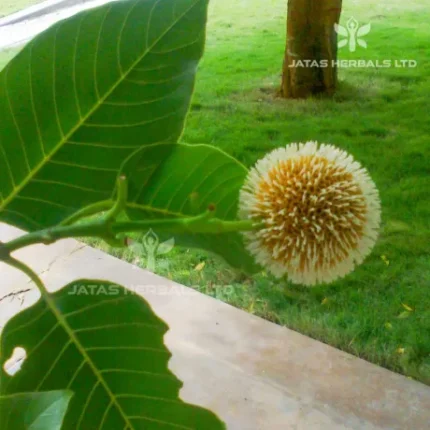Caraka quoted it under Vamanopaga using its synonym Vidula. Sushruta also called it as Vidula under »Urdhvabhaga hara dravyas. Nicula has been identified as Hijjala, Vetasa and Jalave-tasa. These names refer to different trees belonging to genera Salix and Barringtonia. Where Nicula phala or NiculŒni are mentioned, the Barringtonia fruits are intended. Vetasa, VaÛjula and Jalavetasa are undoubtedly Salix species which are either Sthalaja (terrestrial) or Jalaja (aquatic). Barringtonia grows near water sources and its root-bark has similar proparties to that of Salix. Both being ݶta v¶rya and emetic can serve as susitituents of each other. But the Barringtonia fruits are U¦Äa v¶rya in nature.
Botanical Description – It is a tree attaining a height of 10-13m. bearing pink flowers. It is found ighantuy is West Bengal.
Major Chemical Constituents– Barringtonic acid, barringtogenol.
Part Used– Fruit, leaf, stem bark, root
Dosage– Fruit powder 0.5-1g.; fresh juice 10-20ml; (3-6g. for emesis).
Research–
The alcoholic extracts of bark (both root & stem) have been found to have CNS depressant activity in mice. Both these extracts produced hypothermia in mice. The root extract showed hypoglycaemic activity in albino rats whereas the extract of the stem bark showed antiprotozoal activity I E. histolytica (Dhar et al; 1988).






Reviews
There are no reviews yet.